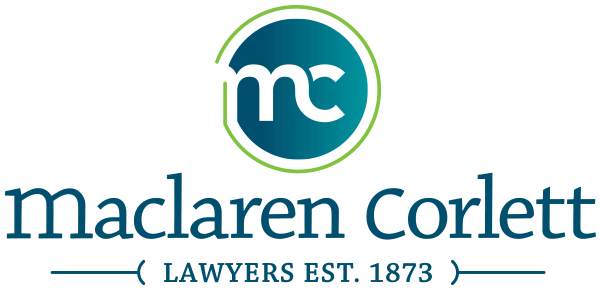Self care products are essentially what we know as cosmetics, natural health products, non-prescription drugs and some foods. Currently these are classified and regulated in Canada by virtue of definitions as to what they do or profess to do. Health Canada has recently undertaken public consultation on the possibility of moving their regulation to a risk based approach rather than relying upon the traditional definitions.
These consultations surround a discussion on possibly creating three categories, namely low risk, medium risk and high risk products. Depending on where a product falls within those categories, there may be different standards of approval levels by Health Canada, ingredient disclosures, label requirements, disclaimers, enforcement provisions, etc.
To date, since the inception of the consultation process, Health Canada has received almost 3,600 responses which, not surprisingly, are quite diverse. On one thing the responses were unanimous, i.e. the need to protect the health and safety of the Canadian consuming public.
Currently, and over the next little while, Health Canada will be conducting webinars and live sessions seeking more input on the various aspects of what might be desirable in such a system and where weaknesses may lie. Ultimatley they will provide more information on the direction they may wish to go, the timing and process to accomplish this. The consultations are extensive and are designed to also assist Health Canada in answering questions being posed to it as to what criteria will be used in qualifying a product for a certain category and how any new processes and procedures would be implemented by them.
As Canada’s current regulatory system is over 60 years old, albeit with a far more recent regulatory scheme introduced for natural health products and traditional medicines, it is about time that modernization occurred. We are keeping our fingers crossed that the introduction of a new regime for the regulation of self care products will result in a more fair and consistent treatment of products representing the same level of risk and will also result in a wider variety of products being available at a lower cost.
We will keep our eye on this process and we will do additional posts on it as developments occur.

